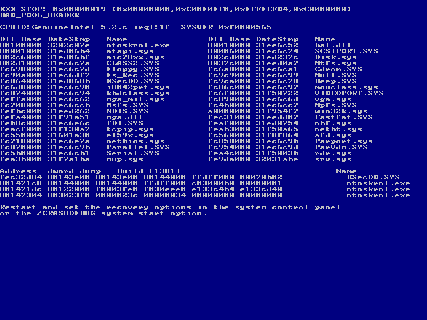E-Lit Platforms at the MLA
Dene Grigar, vice president of the Electronic Literature Organization and one of the organizers of the excellent e-lit gallery and reading here at the MLA Convention, just gave a great presentation about the importance of platform in the development and reception of electronic literature. I was pleased initially to see that there was not only this presentation with “Platform” in the title, then very interested to hear about her work in a lab with original older computer hardware and her discussion of platform differences and changes through the years.

